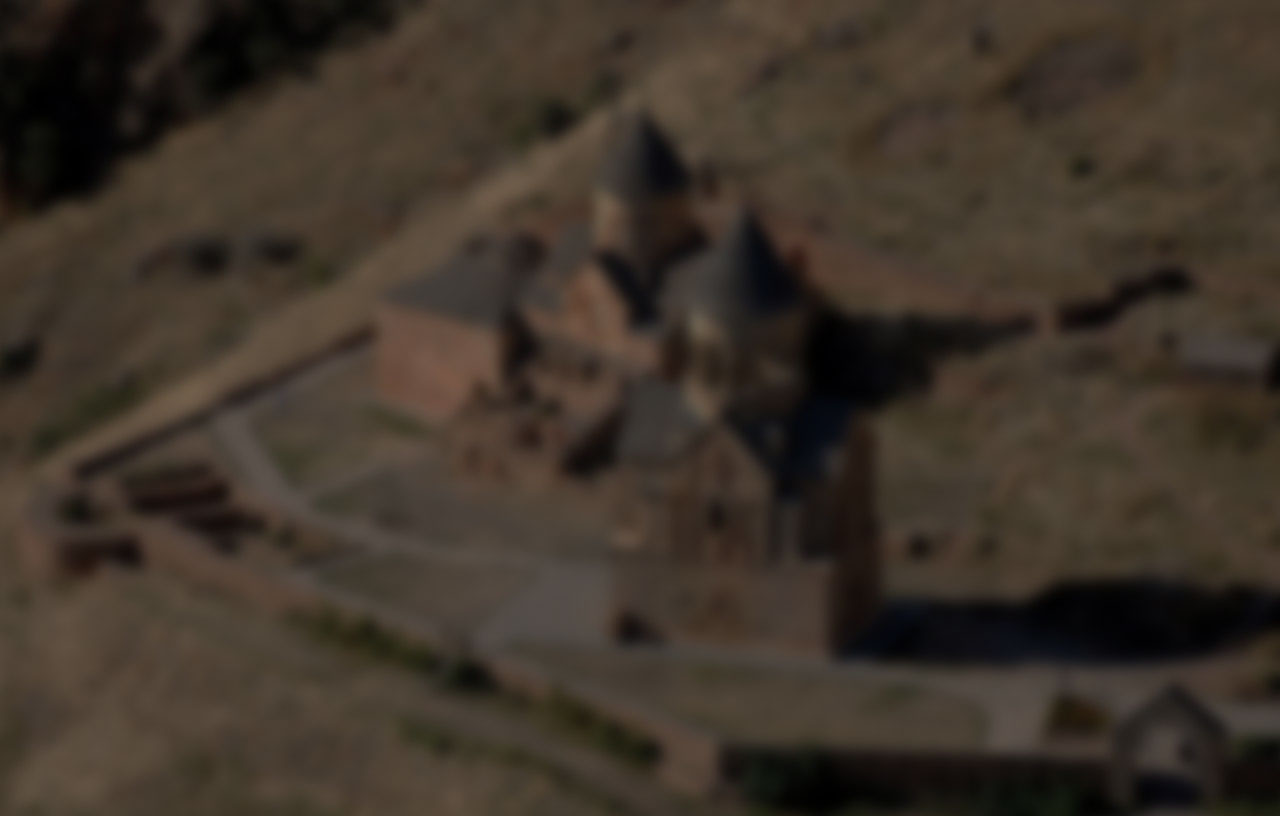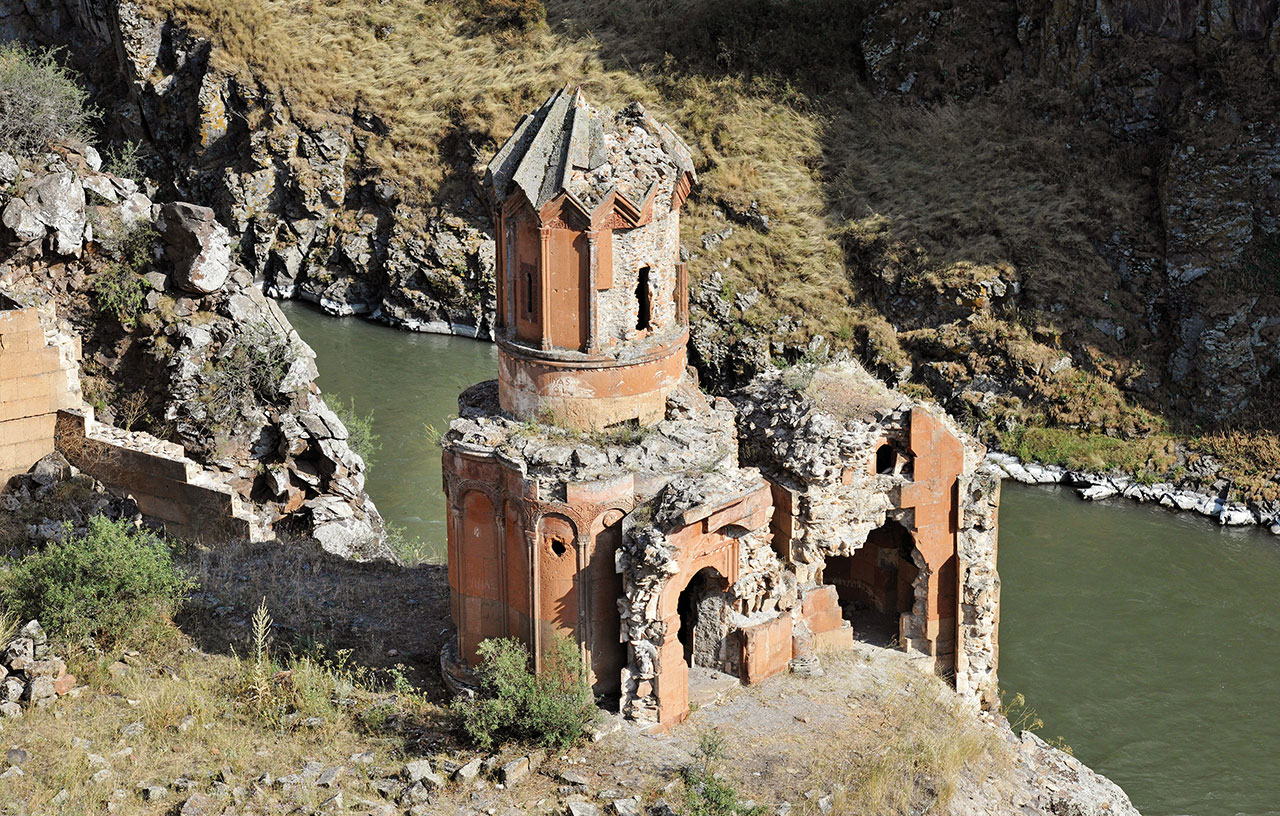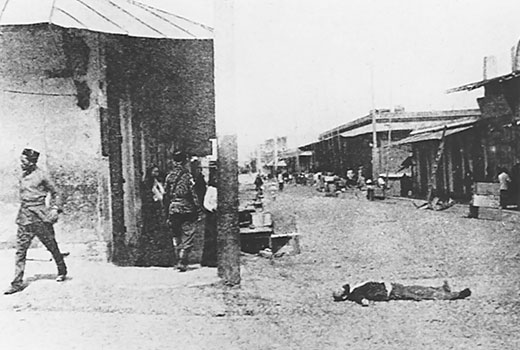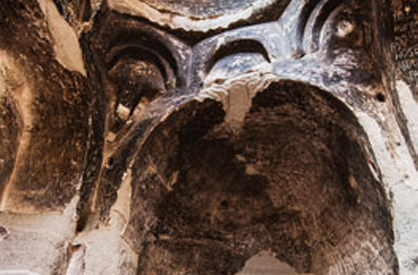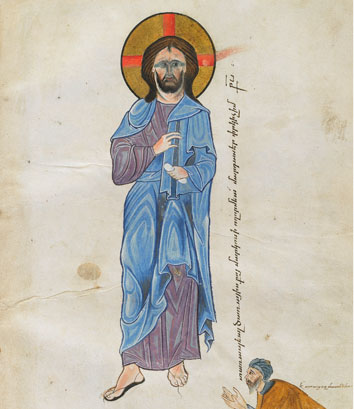TAP MAP TO ZOOM

March−April 1915
Turks Begin Systematic Plan
Armenians in the Turkish Army are disarmed in Marash and Erzerum. Turkish authorities begin deportations with 25,000 Armenians from Zeytun and make large scale arrests in Diyarbekir and Constantinople. By late April, Armenians are slain in Chankiri,
Ayash, and Van Province where 32,000 Armenians are massacred.
May−December 1915
Deportations & Massacres Unfold
The deportation of Armenians is widespread across all regions. Deportees are marched from their homes in Erzerum, Trebizond, Bitlis, Diyarbekir, Sivas and Van Provinces, most toward Der Zor in the Syrian Desert. Massacres occur throughout, adding to
the death toll of deportees succumbing to starvation and disease.
1915−1918, 1920−1923
Anatomy of the Atrocities
The systematic extermination of the Armenian population unfolded in force across Anatolia toward Syria between 1915−1918 and resumed again after WWI between 1920−1923. Tracing the tracks of these events reveals the widespread anatomy of the
atrocities.
1.5 million Armenians were victims during the systematic genocide carried out by Turkish forces between 1915 and 1923. The Ottoman Empire's Armenian community was gone, its people decimated and a 3,000 year old civilization was destroyed.

